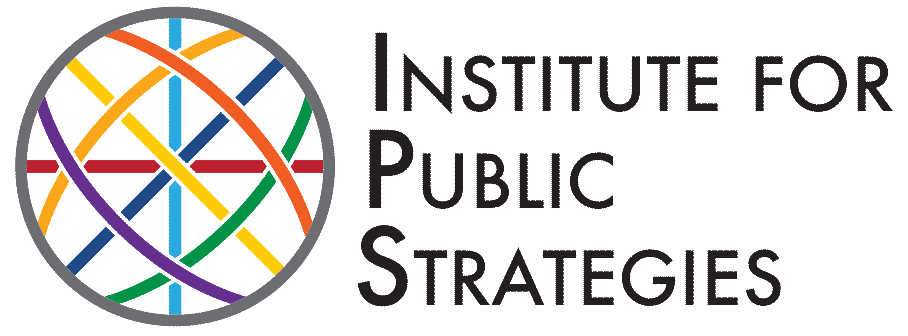Substance Abuse Is A Public Health Issue, Yet Sketchy Policies Have Ruined Many POC Lives
As seen on Blavity.
The blame lies not just with policy makers, but with us all for buying into the false narrative that substance misuse is a moral failing of ethnic minorities.
The United States passed its first substance abuse policy 100 years ago, the Harrison Act. It regulated opiates and cocaine. Prior to that time, drugs had been considered a public health problem to be dealt with by the medical profession. But by the turn of the century, the mood of the country had changed. Spurred on by a storm of controversy in the media, often reaching the level of public outrage, many more laws were passed in the following years. These included landmark legislation such as the prohibition of alcohol in 1920 and President Richard Nixon’s “War on Drugs” in the 1970s.
To be sure, the concern over alcohol and drugs has always been real. Then as now, these problems have had a devastating impact on individuals as well as communities. And we are still struggling to deal with the fallout today. But America’s substance abuse policies were never really designed to address the issue. From its inception, the driving force behind these laws, more than anything else, has been a phobic reaction to uncontrolled immigration and the proliferation of minorities. The overall impact of those laws has not been a reduction in substance abuse, but the subjugation of minorities and people of color.
The Harrison Act is a prime example. There was much rhetoric at the time about the dangers of smoking opium, how it would lead to prostitution and other crimes. But the real concern was over who was using the drug — the growing population of Chinese immigrants who had originally come to America after the Gold Rush of 1849. Combined with fears of unemployment among white Americans, this also led to a series of Exclusion Acts that placed a moratorium on Chinese immigration.
As with opium, alcohol had been a problem long before any laws against it were passed. By 1830, the average American over 15 years old consumed almost seven gallons of alcohol a year — three times as much as we drink today. Also, in a time when women had few rights, there were problems with drunken husbands abusing their wives. So, America’s “Temperance Movement,” which was formed about this time, sought to ban alcohol consumption entirely.
But the movement gained little traction until the turn of the century when a group called the Anti-Saloon League, supported by the Ku Klux Klan, launched an aggressive media campaign based on anti-Black racism, anti-Semitism and anti-immigrant fervor. Focusing on wholesomeness and family values, they published fake news stories about white women raped by Black men who were unable to control themselves under the influence of alcohol.
Much the same strategy was used in the campaign against cannabis, only this time it was directed at immigrants from Mexico who came here to escape the Mexican Civil War. Stories in the media warned about the “killer Weed” inciting violent crimes, arousing a “lust for blood,” and giving its users “superhuman strength.” They changed its name to “Marihuana” to link it to the Mexican immigrants and claimed that they were distributing it to unsuspecting American schoolchildren.
In the 1980s, the focus turned to crack cocaine, which had been plaguing low-income, Black and Latinx inner city neighborhoods. Ignoring the economic policies that led to disparities in such neighborhoods, President Ronald Reagan’s administration blamed all their ills on drug use and allocated $1.7 billion for enforcement programs. Policies passed in subsequent years included harsher penalties for using drugs, with Black and brown people targeted for arrest and prosecution. As a result, 90% of state prisoners sentenced for drug crimes have been Black or Latinx, even though they used and sold drugs at the same rates as whites.
In more recent years, as the science of substance abuse prevention has advanced, policies have become more progressive. For example, while conducting enforcement operations, San Diego County’s Methamphetamine Strike Force has diverted drug users into treatment rather than sending them to jail. Even the federal government has taken a more enlightened approach in dealing with the opioid epidemic, indicting pharmaceutical companies for promoting the drug and allocating funds for research, prevention and treatment.
But the fact remains that throughout the 20th century, substance abuse policy has been used as a tool to turn public opinion against people of color and preserve the dominance of white America. The blame lies not just with policy makers, but with us all for buying into the false narrative that substance misuse is a moral failing of ethnic minorities who deserve to be treated as criminals and isolated from the rest of society.
Author:
Brenda Simmons
CEO/President, IPS
Brenda Simmons began her career at IPS in 2003 as a community organizer in San Diego County. She was promoted multiple times before she was elevated to CEO/President in April 2019. She has a broad range of experience working in very conservative rural and frontier communities in Montana, ultra-progressive communities including Los Angeles and West Hollywood, and everything in between. Brenda has been involved in projects ranging in focus from substance abuse prevention to community revitalization to child-sex trafficking. As CEO, Brenda oversees more than a dozen IPS projects in Southern California.











